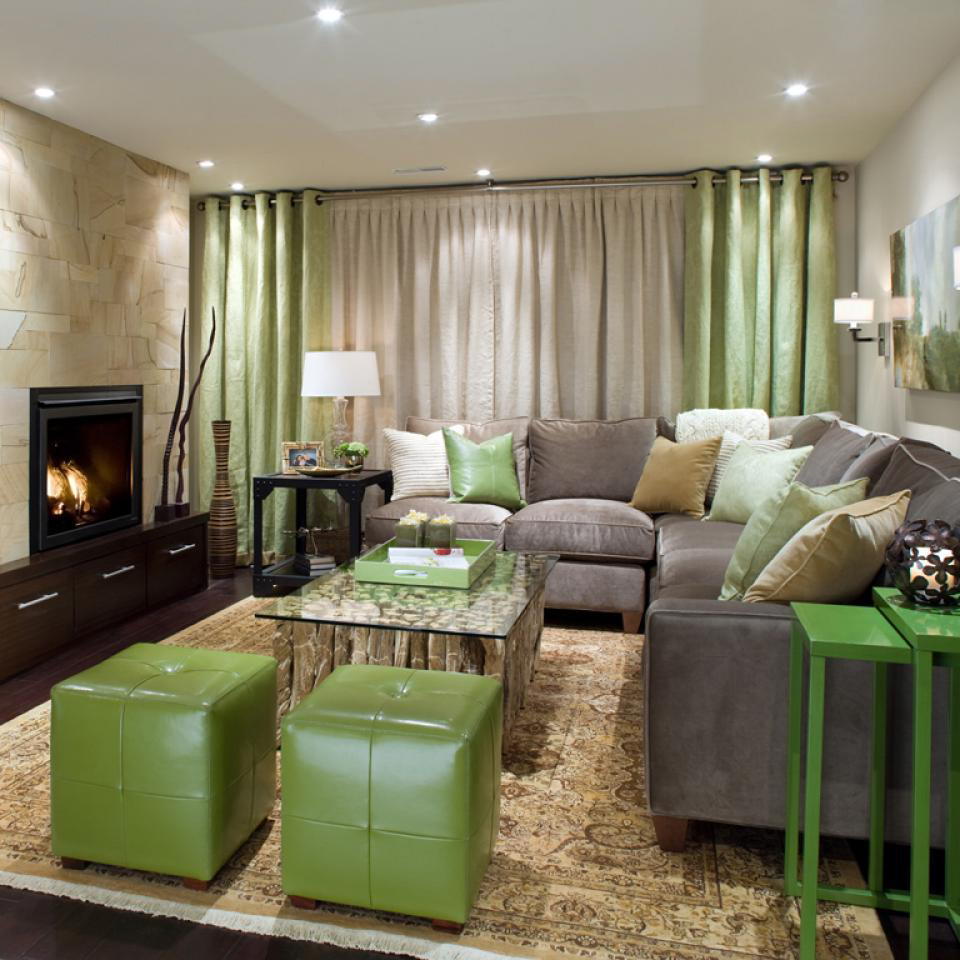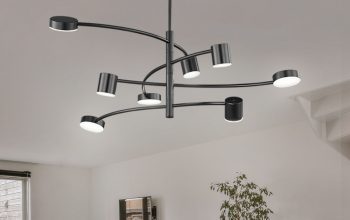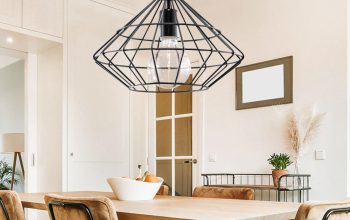Introduction
Opal glass is a material that has been used in a variety of applications for centuries, but many people are still unfamiliar with what it is or how it’s made. In this article, we’ll answer some of the most common questions about opal glass, including its properties, uses, and production methods.
What is Opal Glass?
Opal glass, also known as milk glass, is a type of opaque glass that appears white or off-white in color. It is appreciated for its unique properties, including its ability to diffuse light and its porcelain-like appearance.
Unlike clear glass, which is transparent and allows light to pass through, opal glass scatters light in all directions, creating a soft, diffused glow. This makes it an ideal material for lamps, light fixtures, and other lighting applications.
Opal glass is also used in a variety of other applications, including dishware, decorative objects, and even scientific equipment. In dishware, opal glass is an alternative to traditional porcelain or china, and is appreciated for its durability, resistance to chips and cracks, and ability to withstand high temperatures.
How is Opal Glass Made?
Like other types of glass, opal glass is made by melting a mixture of silica (sand), soda ash, and other additives together in a furnace. However, opal glass is unique in that it contains a small amount of a white opacifier, such as bone ash, which gives it its characteristic opaque appearance.
The exact composition of opal glass can vary depending on the manufacturer and the intended use. Some types of opal glass contain additional additives to modify its properties, such as boron for increased thermal shock resistance.
After the ingredients are melted together, the molten glass is cooled and molded into the desired shape. Some opal glass products are then further treated with a frosting or etching process to enhance their appearance.
Advantages of Opal Glass
Opal glass offers several advantages over other materials, including:
– Diffused Light: Opal glass has the unique property of diffusing light, making it ideal for use in lamps and light fixtures.
– Durability: Due to its composition, opal glass is more durable than traditional porcelain or china, making it ideal for use in dishware and decorative objects.
– Temperature Resistance: Opal glass can withstand higher temperatures than many other types of glass, making it an ideal choice for baking dishes and other kitchenware.
– Versatility: Opal glass can be molded into a variety of shapes and sizes, making it an ideal material for a wide range of applications.
Disadvantages of Opal Glass
While opal glass has many advantages, it also has a few disadvantages, including:
– Cost: Opal glass is often more expensive than other types of glass, due to the additional materials and production methods required.
– Limited Transparency: The opaque nature of opal glass may not be suitable for some applications where transparency is desired.
Opal glass is a versatile material that is appreciated for its unique properties and durability. Whether used in lighting fixtures, dishware, or other applications, opal glass offers a porcelain-like appearance and diffused light that can enhance any space. While it may be more expensive than other types of glass, opal glass provides a unique aesthetic that stands the test of time.




